Brescia, an exhibition on women in art history with more than 90 works at Palazzo Martinengo
From January 22 to June 12, 2022, the rooms of Palazzo Martinengo in Brescia will once again host the exhibition Women in Art. From Titian to Boldini, the exhibition that aims to investigate the extent to which the representation of the female universe has played a decisive role in the history of Italian art over a period of four centuries, from the Renaissance to the Belle Époque. In fact, the exhibition was originally scheduled to open in 2020, and was forced to close after only one month of opening. Now there are conditions to reopen the exhibition.
Curated by Davide Dotti, organized by the Associazione Amici di Palazzo Martinengo under the patronage of the Province of Brescia, the Municipality of Brescia and the Fondazione Provincia di Brescia Eventi, and in partnership with Fondazione Marcegaglia onlus, the exhibition presents more than 90 masterpieces by artists such as Titian, Guercino, Pitocchetto, Appiani, Hayez, Corcos, Zandomeneghi and Boldini, whose works have come to represent the personality, refinement, character, sensuality and the most subtle nuances of the female hemisphere, paying special attention to the fashion, hairstyles and accessories typical of each era and geographical context. There is also no shortage of works by Artemisia Gentileschi, representing female painting. In addition, thanks to the collaboration with the Marcegaglia Onlus Foundation, the exhibition is enriched with room panels that delve into some topical issues such as inequality between men and women, female labor, domestic violence, social marginalization and new poverty. The exhibition thus also aims to raise awareness among the public, especially the younger public, about topics of great socio-cultural importance.
The Marcegaglia Onlus Foundation, whose mission is to support women, the driving force behind the growth and development of the entire community, through solidarity and cooperation projects, is also offering schools, 200 thematic itineraries to visit the exhibition, with the aim of bringing young people closer and closer to the world of art and, at the same time, raising their awareness of issues of great social importance related to the female hemisphere. Again, the Friends of Palazzo Martinengo Association will donate 1 percent of ticket proceeds to AIRC Foundation for Cancer Research with the goal of supporting the best research for the prevention, diagnosis and treatment of female cancers. Finally, on the occasion of the exhibition at Palazzo Martinengo, from February 12 to June 12, 2022, the Diocesan Museum of Brescia is organizing a small exhibition, again curated by Davide Dotti, to explore the theme of female depiction in painting with sacred subjects. With the ticket of Women in Art from Titian to Boldini, one can visit the museum and the exhibition set up in the spaces of the former convent of San Giuseppe free of charge.
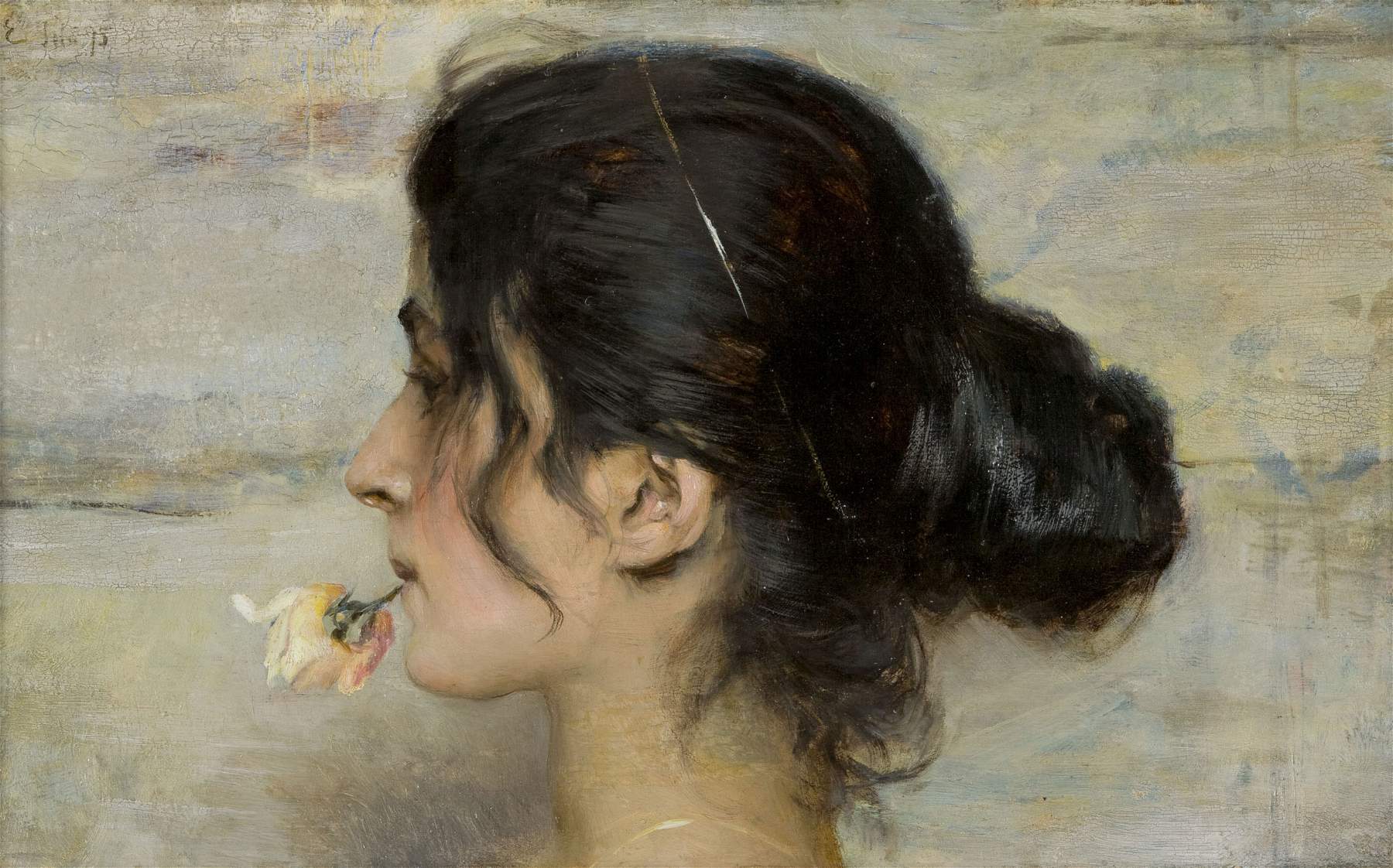
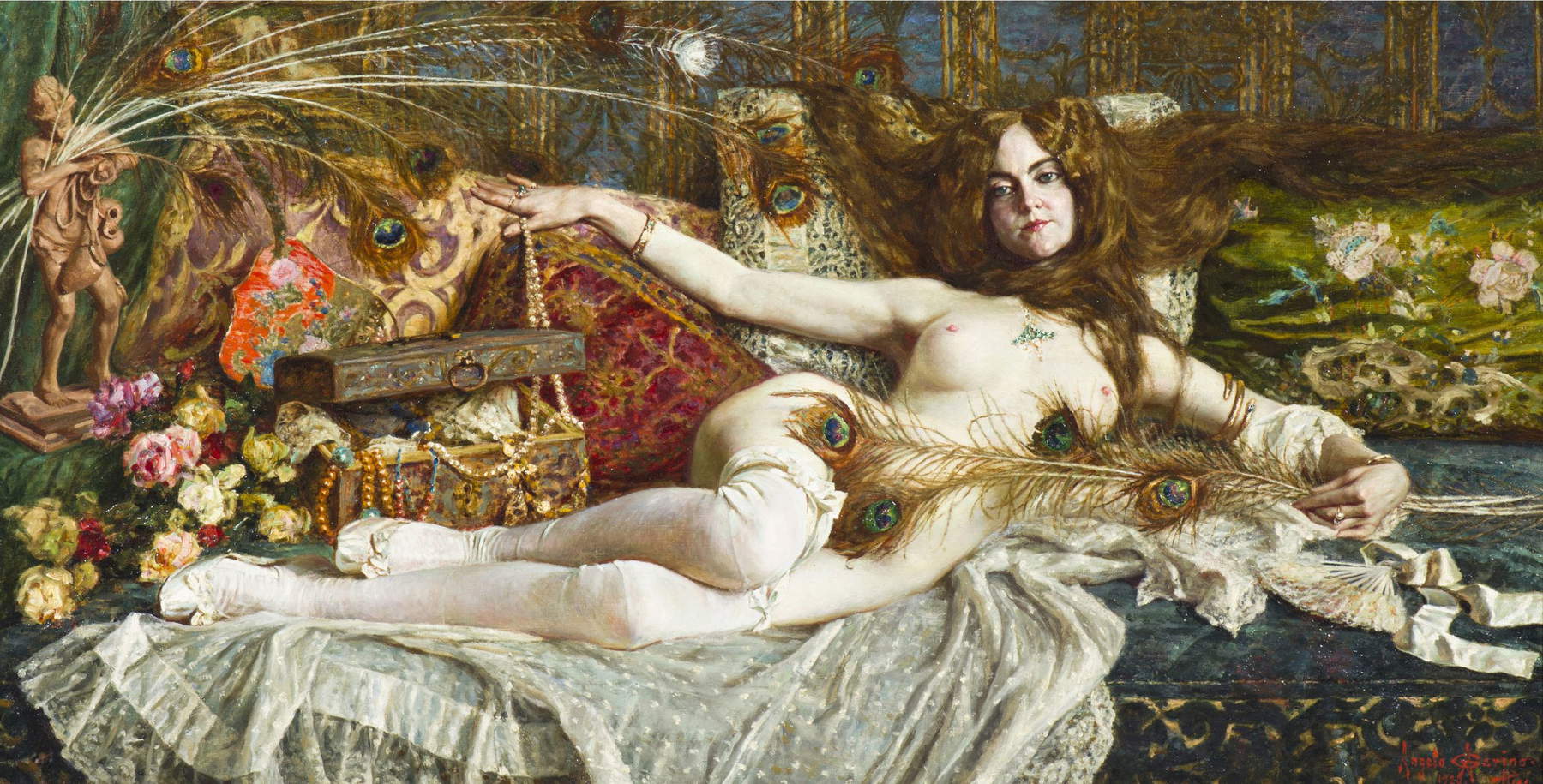
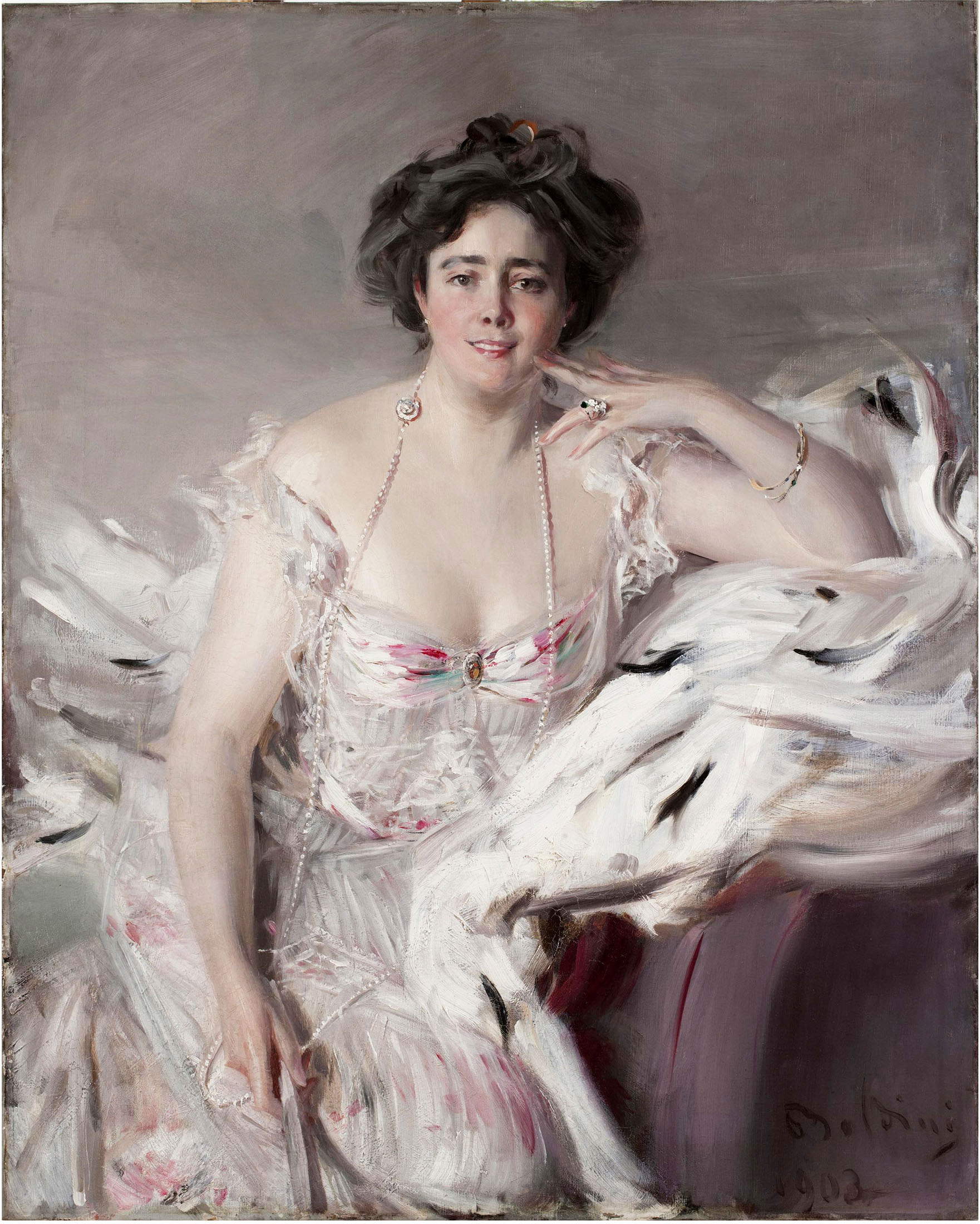
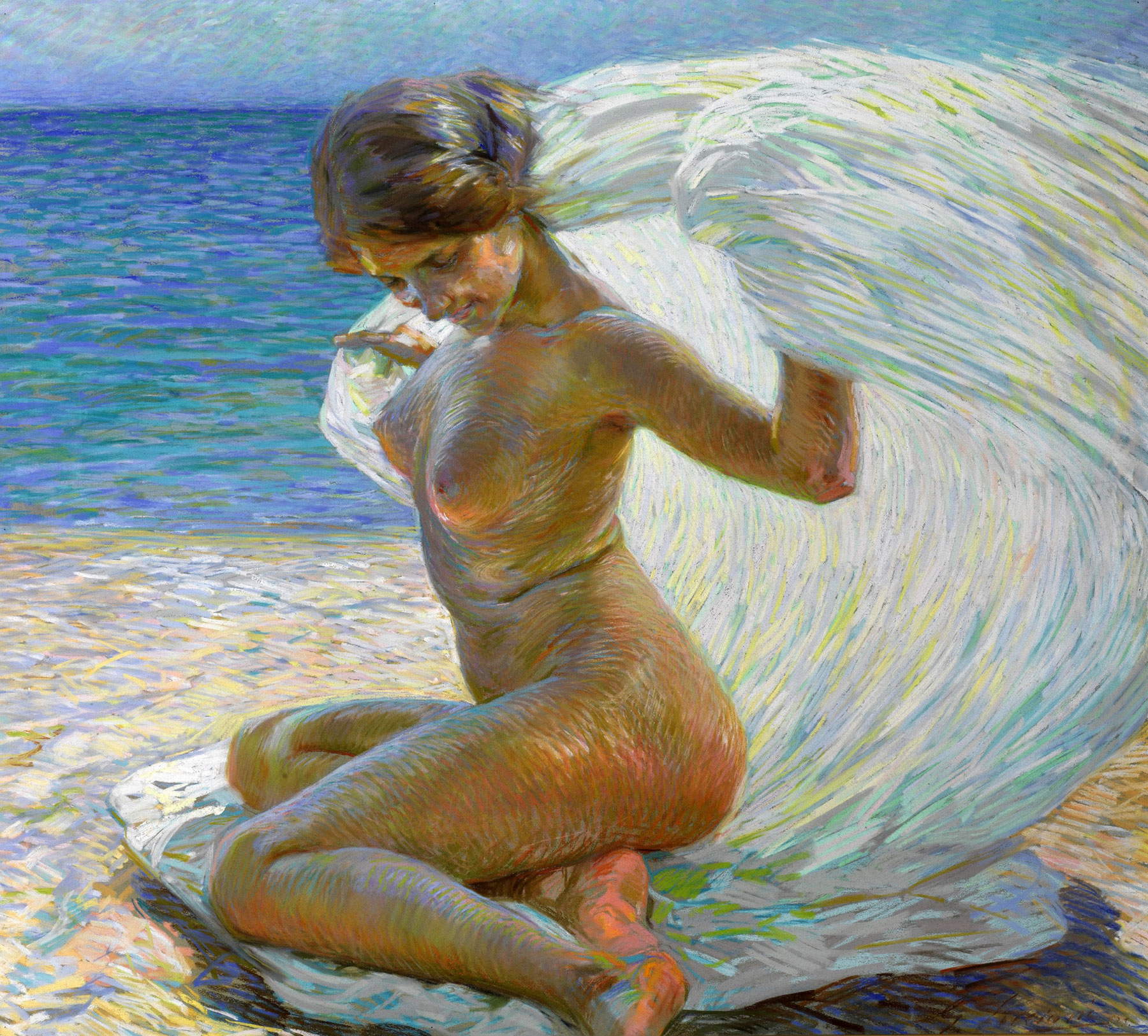
The itinerary
The exhibition itinerary is divided into eight thematic sections: “Biblical Saints and Heroines”; “Mythology in Pink and Ancient History”; “Portraits of Women”; “Still Life of Women”; “Motherhood”; “Work”; “Everyday Life”; and “Nude and Sensuality.” Among the exhibition’s masterpieces at the opening is Titian’s Penitent Magdalene exhibited for the first time in Italy, a more sober variant of one of his well-known canvases, and from a private German collection. About this painting, Peter Humfrey, one of the leading international authorities on Titian and author of the catalog raisonné of the Cadore master’s works, wrote that “this is a high-quality variant of one of Titian’s most avidly sought-after compositions. The other autograph redactions were painted not only for his most important patrons, such as King Philip II of Spain, but also for other illustrious figures of his time, such as Antoine Perrenot de Granvelle, adviser to Emperor Charles V of Habsburg as well as viceroy of the kingdom of Naples, and the powerful Cardinal Alessandro Farnese. The vigorous fringed brushstrokes and dense color impasto, suggest a date of about 1558-1563, close to the completion of the version of the Penitent Magdalene painted for Philip II in 1561.” Adding to the Magdalene is a Pair of Standing Lovers, a drawing by Gustav Klimt, a leading exponent of the Viennese avant-garde, which anticipates the stylistic solutions of The Kiss and The Embrace of the Stoclet Frieze, two of the Austrian master’s best-known masterpieces.
Drawing inspiration from sacred texts and hagiographic books, the artists fired canvases that are the object of centuries-old devotion, depicting the most famous saints of Christianity along with their own iconographic attribute: Magdalene with the jar of ointments; Catherine with the cogwheel; Barbara with the tower; Margaret with the dragon; Cecilia with musical instruments. Not forgetting biblical heroines such as Judith, Salome, Delilah, Susanna and Bathsheba, whose tormented personal stories are recounted in the Old Testament.
Classical literature and mythology have also provided artists with endless food for thought, as in the case of stories involving deities (Diana, Venus, Minerva, Juno), famous mythological figures (Leda, Europa, Onphale, Circe, Daphne) and illustrious women of the ancient world who, with courage and dramatic determination, preferred death to dishonor. Consider, in this regard, Queen Cleopatra of Egypt, who decided to take her own life, after the suicide of her beloved Antony, in order not to deliver herself alive into the hands of her arch-enemy Octavian and suffer public humiliation; Lucretia, who pierced her own chest with a dagger after being demeaned and raped by Sextus Tarquinus; and Sophonisba, who drank the poison sent to her by her husband Messinissa in order not to live a mortified existence as a slave of the Romans.
Especially in the context of nineteenth-century painting, the real protagonist of the exhibition, woman was captured in her everyday dimension, grappling with the chores of domestic life and work; in the role of an affectionate mother who lovingly cares for her children; but also in mischievous attitudes and in intimate situations to enhance her sensual charge, as evidenced by the masterpieces of Giovanni Boldini.
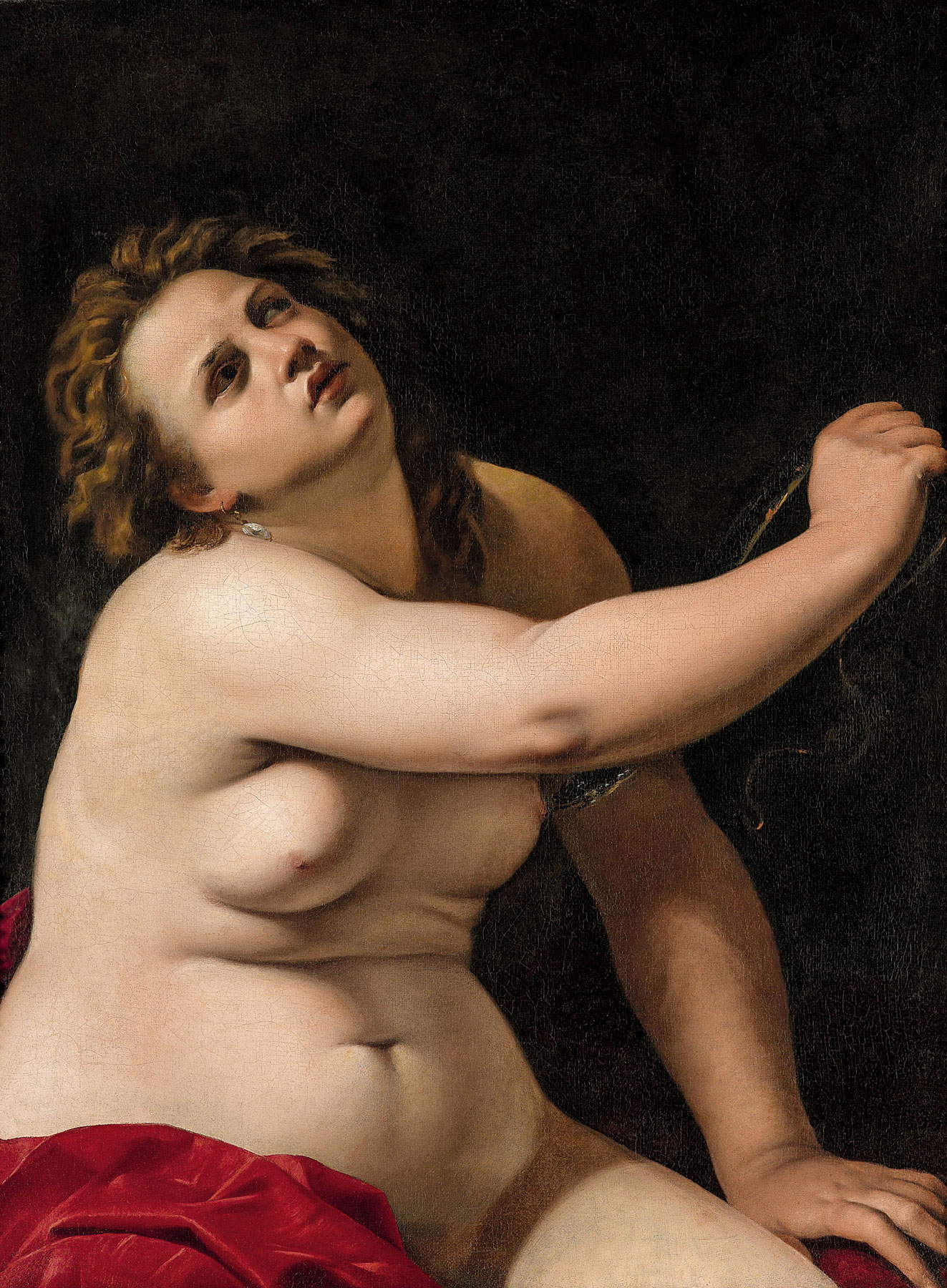
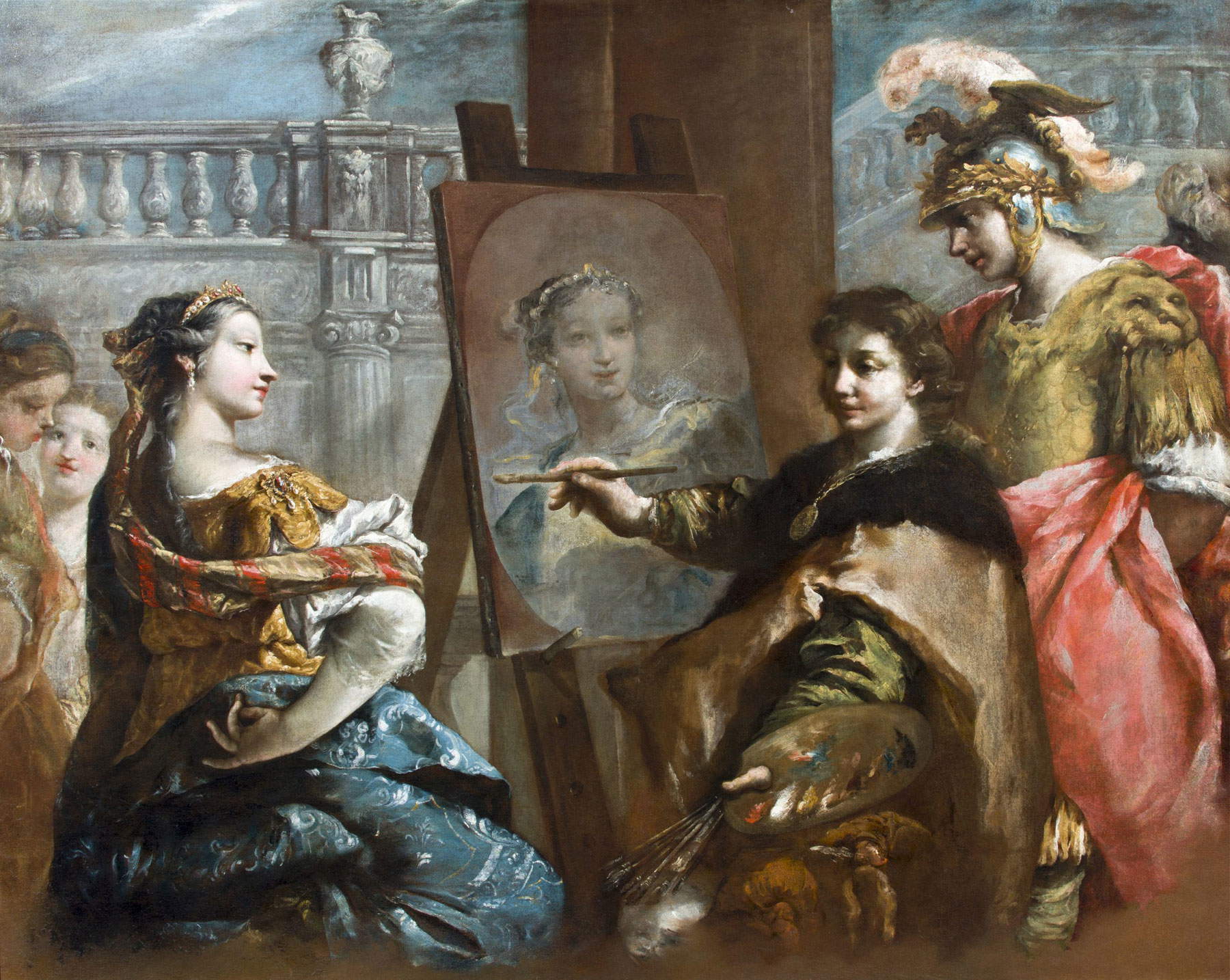
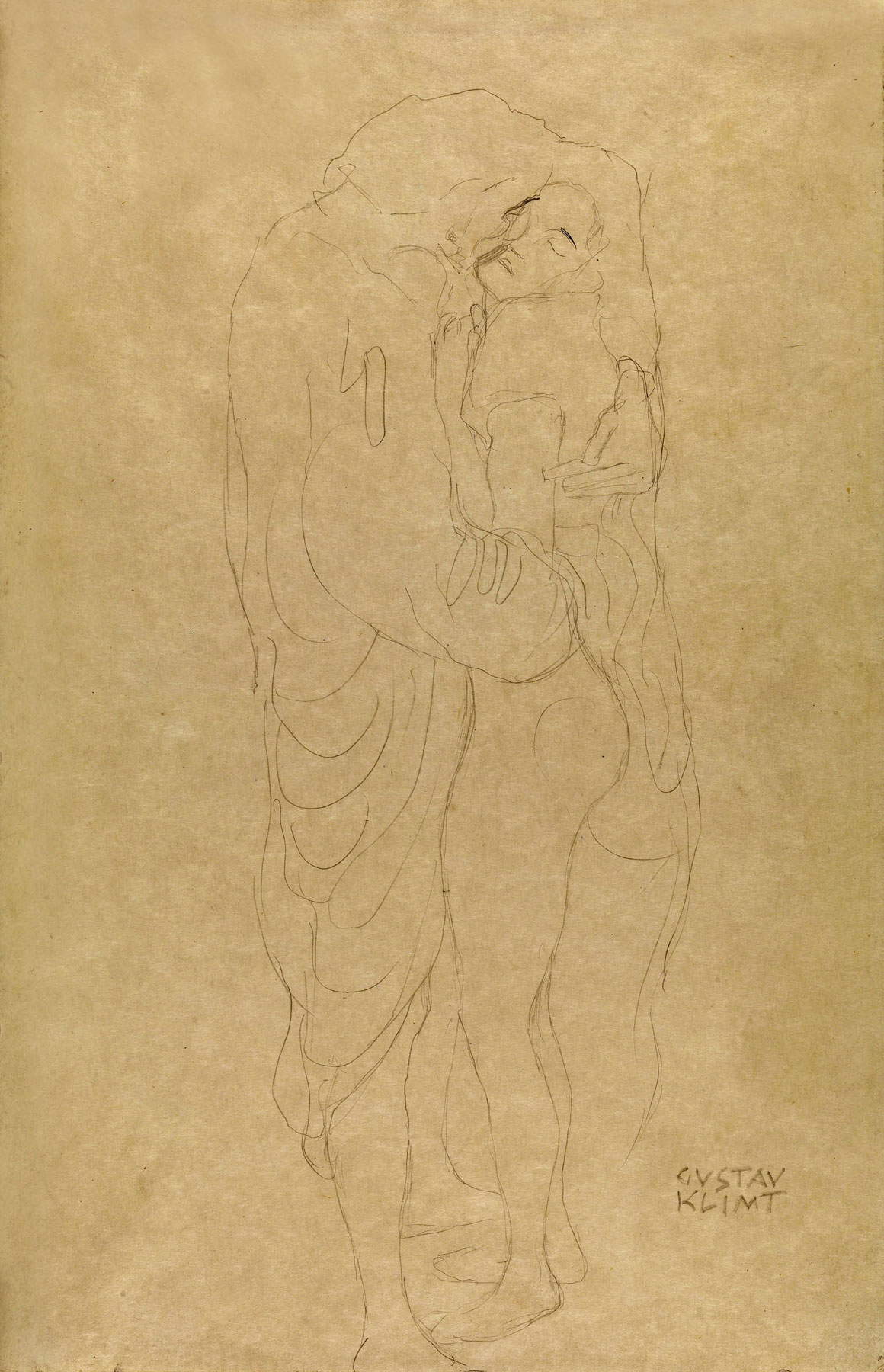
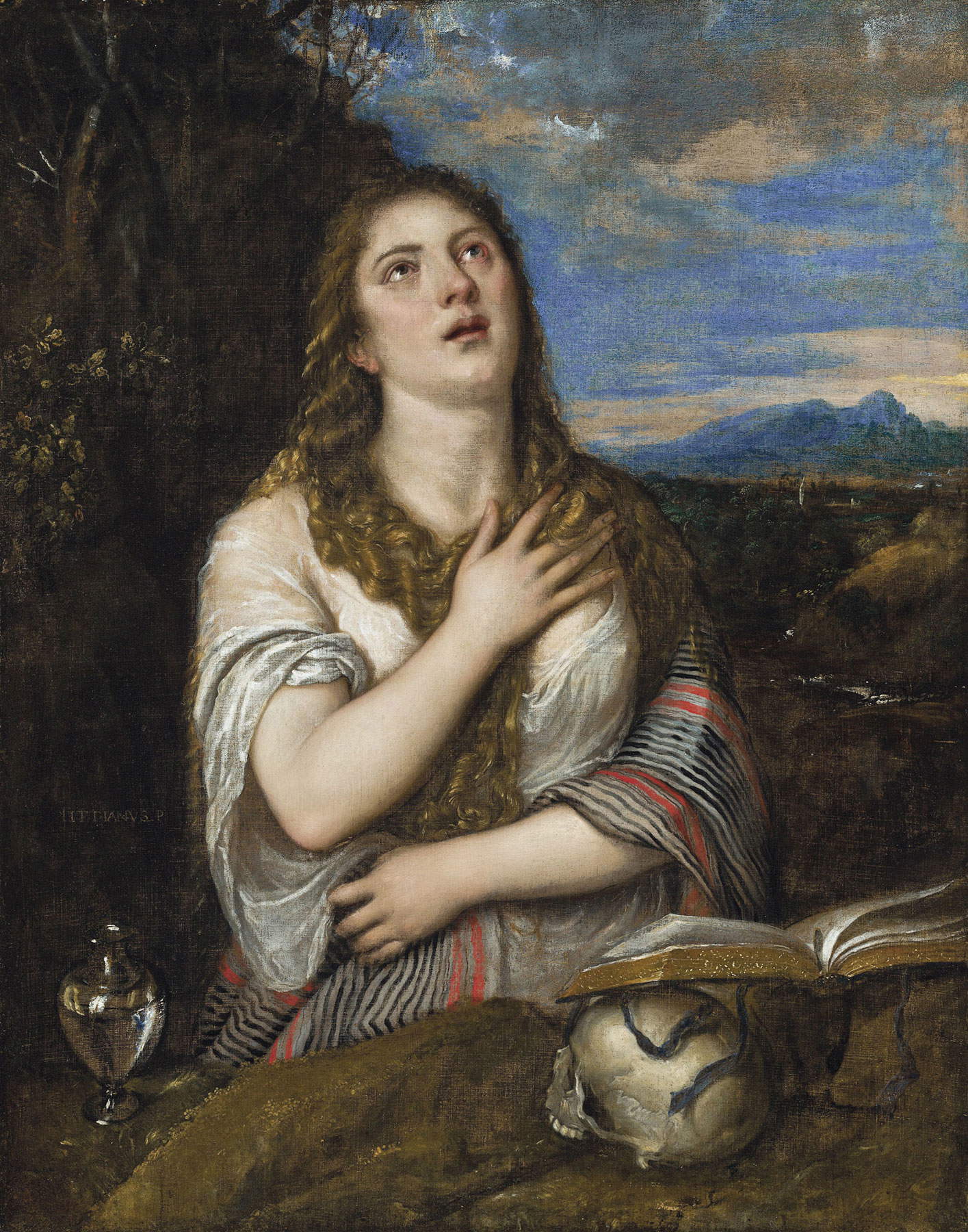
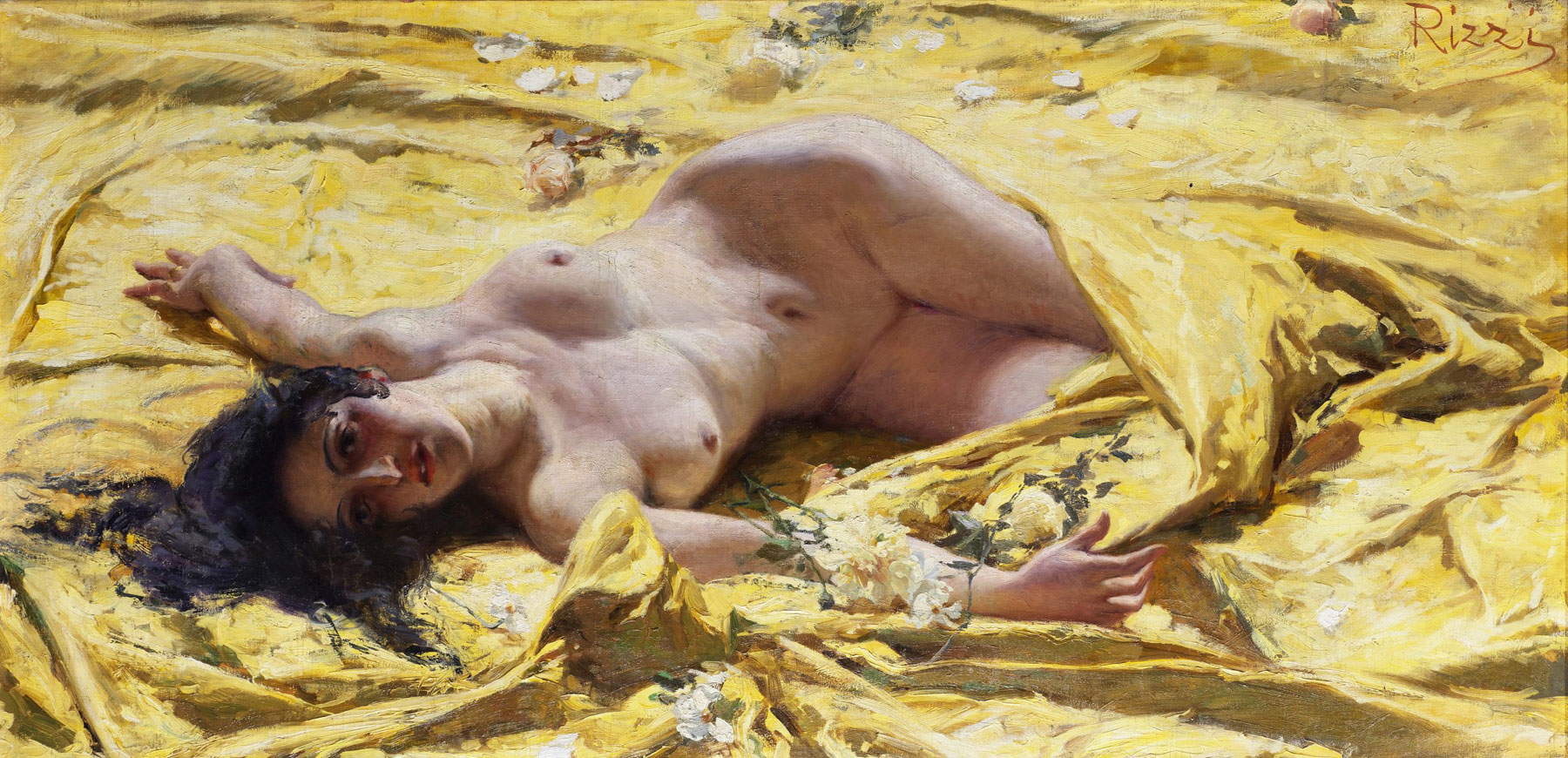
The statements
“After an initial postponement,” says Roberta Bellino, president of the Associazione Amici di Palazzo Martinengo, “we decided by mutual agreement with the Fondazione Provincia di Brescia Eventi and the Province of Brescia to close the exhibition, with the promise to meet again when the situation looked more tranquil from a health standpoint. So here we are, reintroducing an initiative that, in a little over a month of being open, was getting a great response from the public, with more than 22,000 visitors. All the people who had purchased the admission ticket in advance will be able to use the coupon, simply by presenting it at the ticket office of Palazzo Martinengo.”
“The theme of women,” says curator Davide Dotti, “is so fascinating and engaging that artists, especially between the 16th and 19th centuries, have investigated it from every iconographic perspective, eternalizing the ’divine creatures’ in masterpieces that still fatally seduce our gaze. For the visitor, it is an opportunity to take an exciting journey full of surprises, enhanced by unpublished paintings recently discovered in prestigious private collections, works never exhibited before, and close encounters with famous women of the past, including the Brescian Francesca (Fanny) Lechi, portrayed in 1803 by the great Andrea Appiani in an extraordinary canvas that after more than twenty-five years since its last appearance returns to public view.”
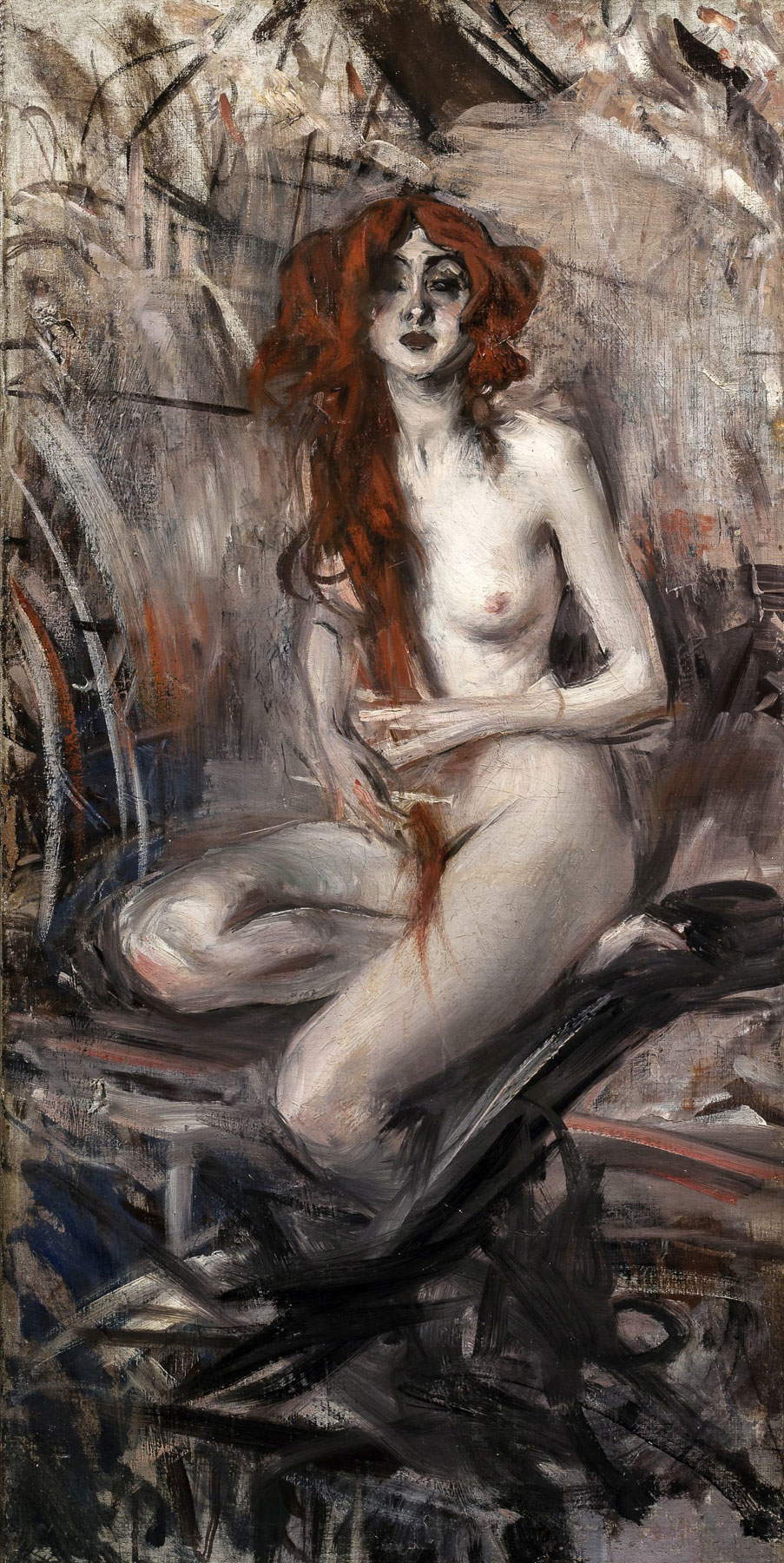
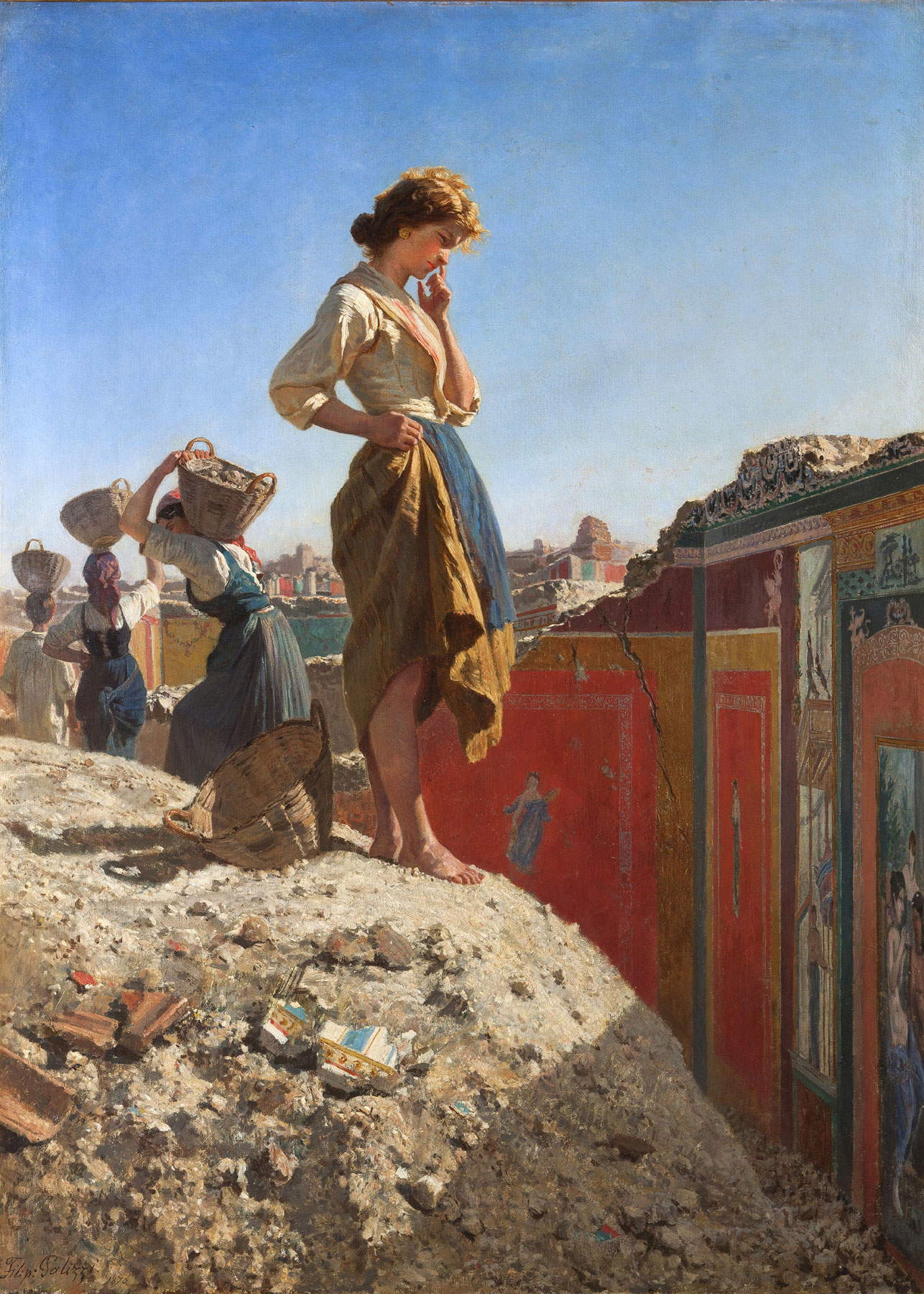
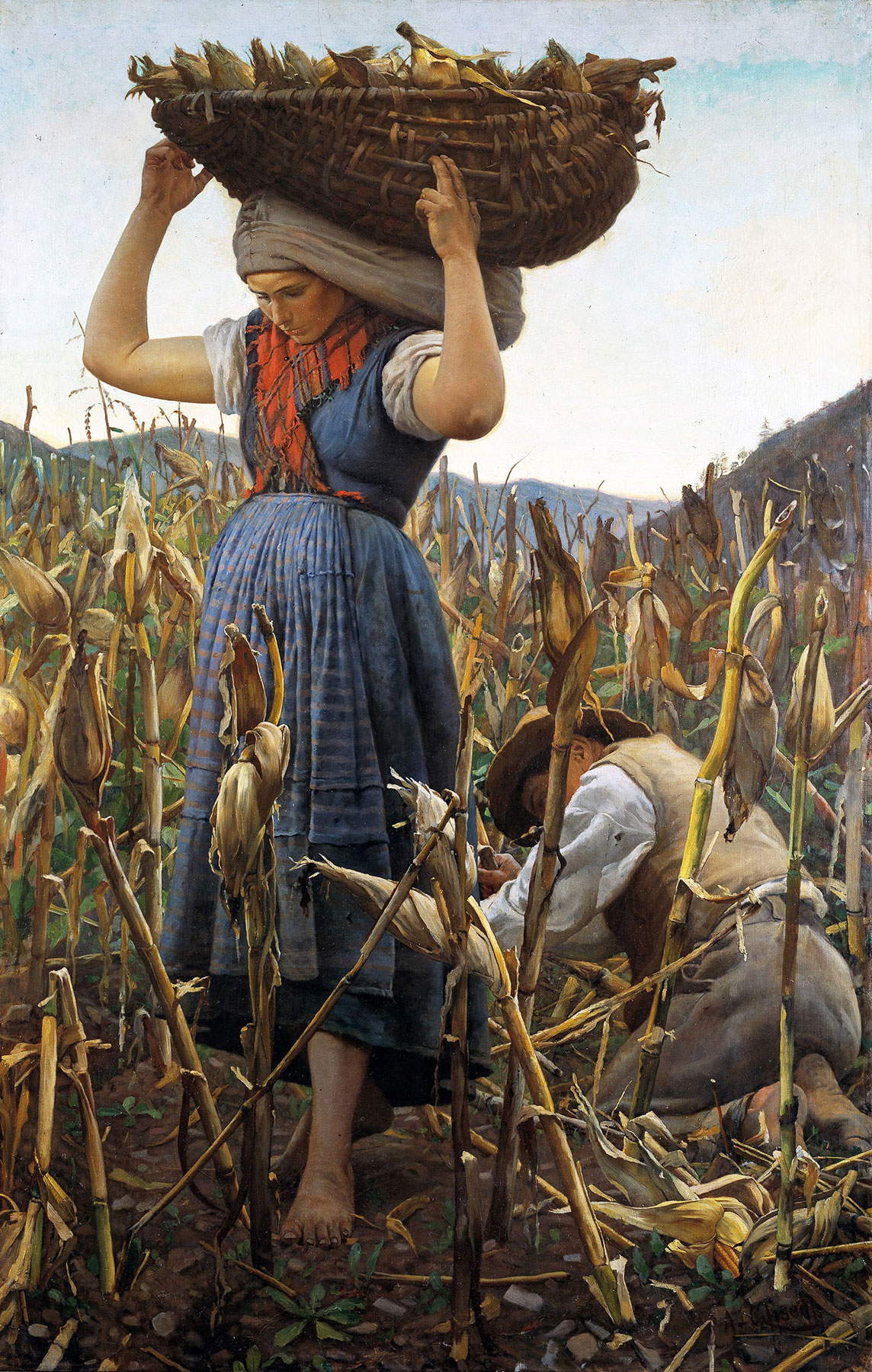
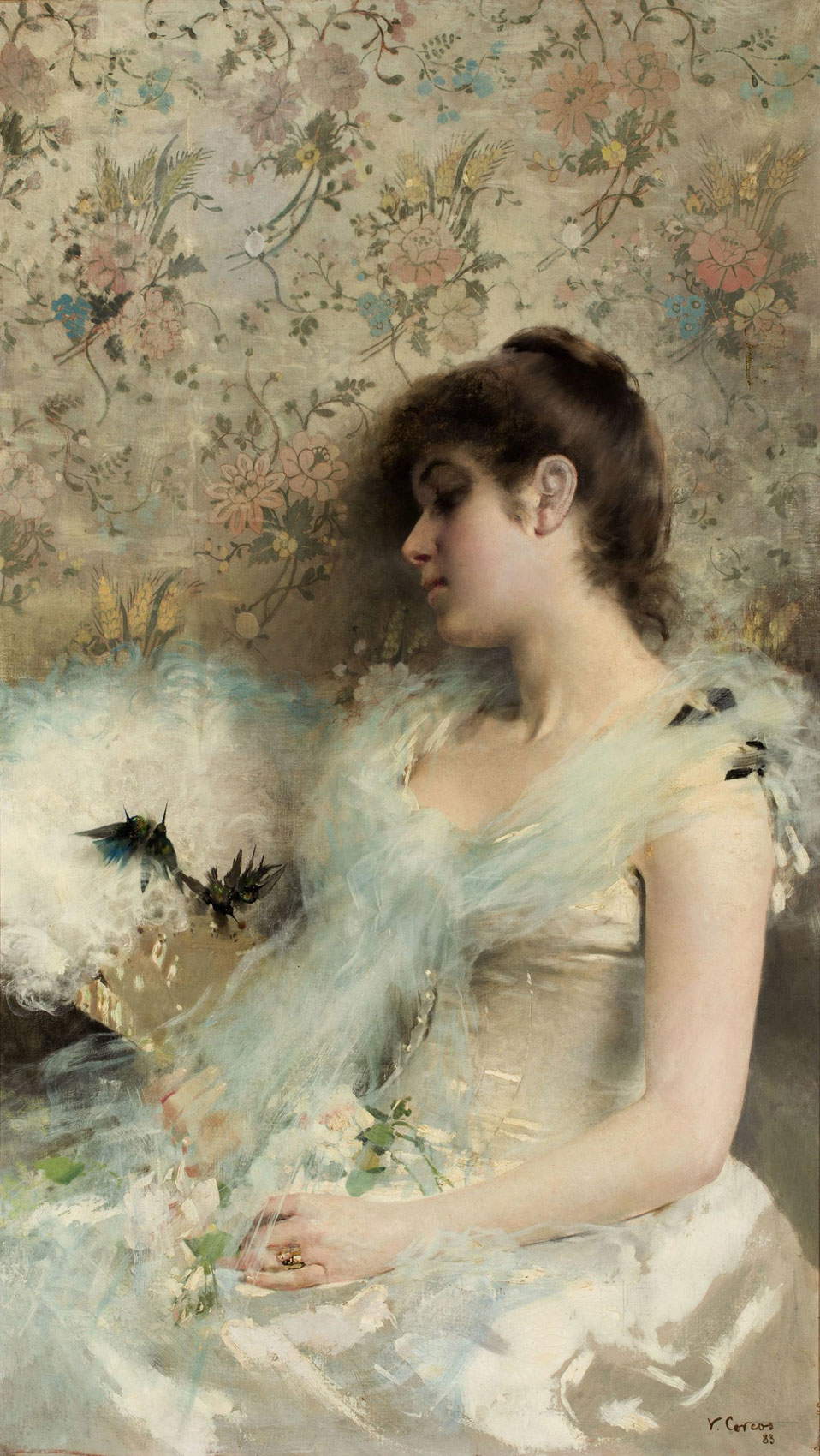
 |
| Brescia, an exhibition on women in art history with more than 90 works at Palazzo Martinengo |
Warning: the translation into English of the original Italian article was created using automatic tools. We undertake to review all articles, but we do not guarantee the total absence of inaccuracies in the translation due to the program. You can find the original by clicking on the ITA button. If you find any mistake,please contact us.




























